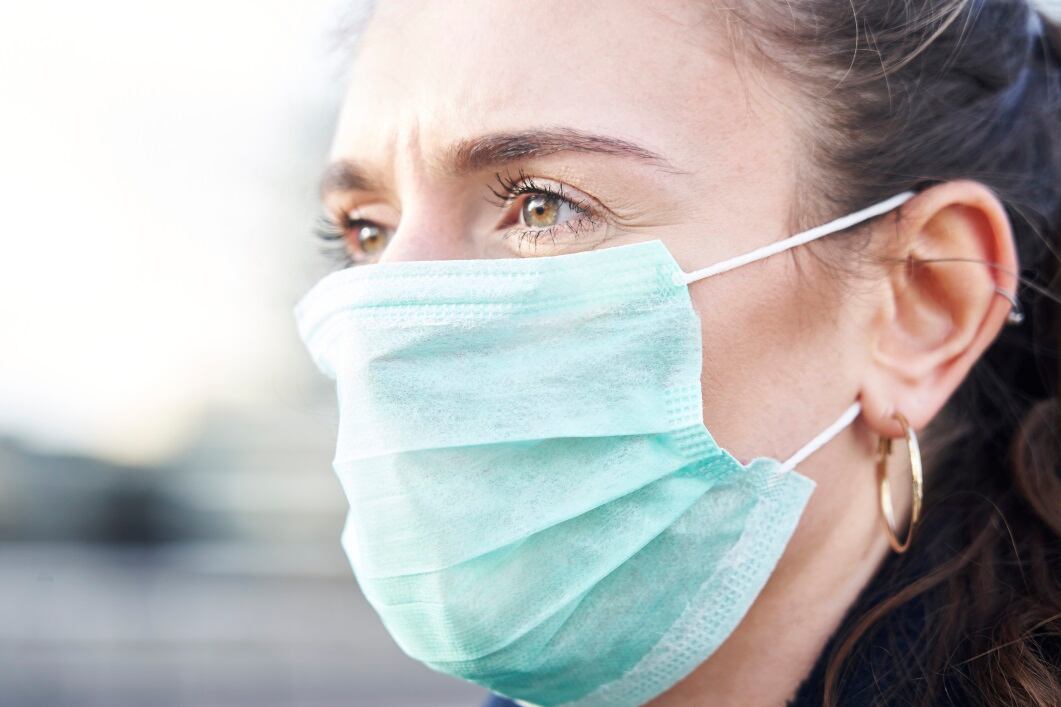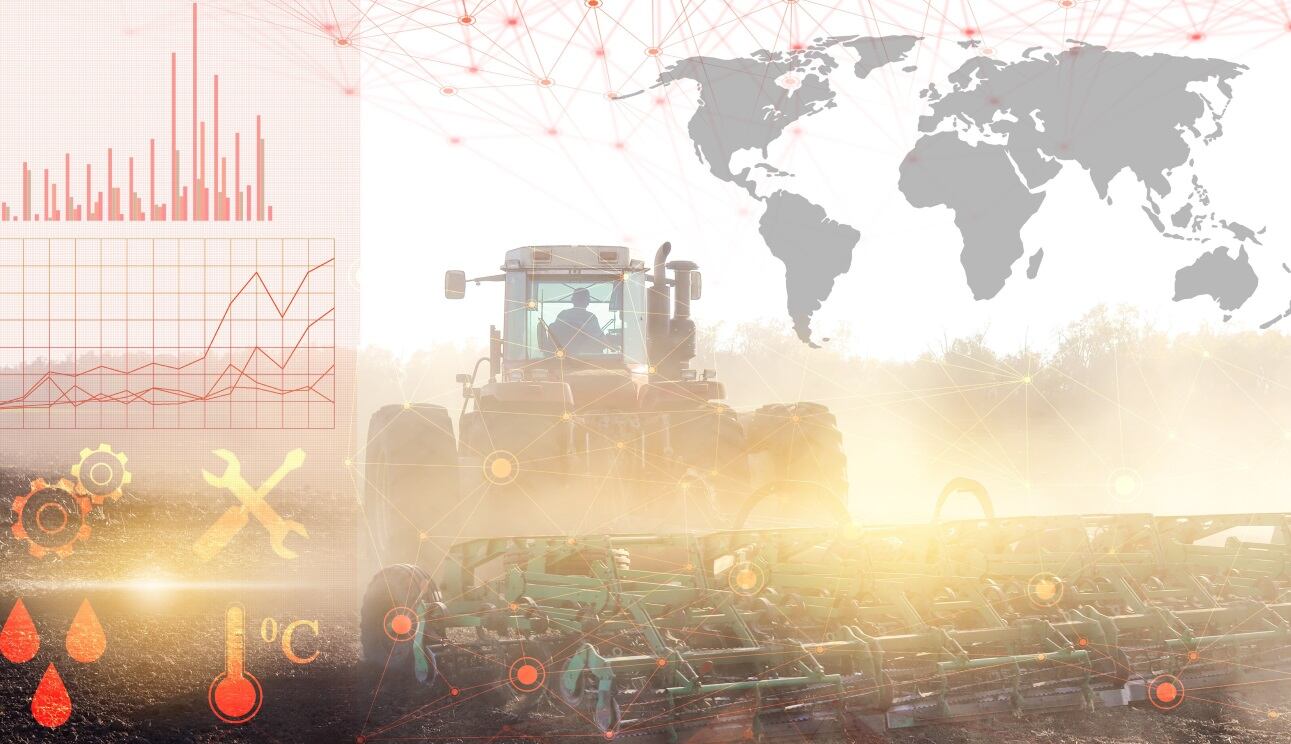Not only has the coronavirus pandemic brought on an economic crisis, but self-isolation measures mean that those already at risk of experiencing food insecurity may well be more susceptible to its effects.
Global food systems have been ‘sitting on a knife-edge’ for decades, according to the International Panel of Experts on Sustainable Food Systems (iPES Food).
This means that children have been ‘one school meal away from hunger’ and families in the world’s poorest regions just ‘one missed day-wage away from food insecurity’, noted the Panel in its ‘COVID-19 and the crisis in food systems’ report, published yesterday (14 April).
“The lockdowns and disruptions triggered by COVID-19 have shown the fragility of people’s access to essential goods and services”, wrote the report authors.
So how exactly is the coronavirus pandemic exacerbating food insecurity? And which groups of people – in the UK and beyond – are most at risk?
Children losing out on free school meals
Broadly speaking, food security means that all people, at all times, have both physical and economic access to the basic food that they need.
Even prior to the COVID-19 outbreak, food security – or rather, food insecurity – was a primary concern for intergovernmental agencies. According to the United Nations, an estimated 820 million people did not have enough food to eat in 2018 – up from 811 million in 2017.
Now, with governments enforcing the closure of schools to limit transmission of the virus, children around the world have lost access to free meals during the week.
In a preliminary report (also published 14 April) written by King’s College London’s Rachel Loopstra, the lecturer in nutrition estimated that the number of adults who are food insecure in Britain has quadrupled under the COVID-19 lockdown.
Drawing on data from a YouGov survey commissioned by the Food Foundation, Loopstra noted that a lack of food in shops alone explained about 40% of food insecurity – and adults with children were particularly vulnerable.
“Adults with children eligible for free school meals are at heightened risk of food insecurity arising from a lack of money,” she continued, citing income loss as a major contributor.

FIAN International, which aims to expose violations of people’s right to food, agrees that in some locations, the closure of schools is reducing access to food for children – or has replaced school feeding programmes with inadequate food provision.
In the not-for-profit’s preliminary monitoring report, ‘Impact of COVID-19 on the human right to food and nutrition’ (published 8 April), FIAN cited Madrid, Spain as one such location.
In other countries, governments are rapidly responding to ensure their population’s right to food and nutrition. In India, for example, many states have closed rural childcare centres, thereby stopping the provision of food to children below six years old.
In response the Supreme Court has issued an order, explained FIAN, stating that “it is necessary that all the states should come out with a uniform policy so as to ensure that while preventing the spread of COVID-19, the schemes to provide nutritious food to the children…are not adversely affected”.
‘Those already marginalised suffer more’
Minority and marginalised groups were already at risk of experiencing food insecurity prior to the pandemic. At this time, the risk has increased.
In the UK, for example, people with disabilities make up one key group more likely to experience food insecurity – and indeed, are at the highest risk of the most severe forms of food insecurity – than others.
According to King’s College London’s Loopstra, adults from Black, Asian and minority ethnic groups are at higher risk of less severe food insecurity.
While pensioners experience lower risk of food insecurity when measured using this economic indicator, qualitative research among elderly people has found that some experience both economic and physical barriers to accessing sufficient amounts of food, she continued.
Similar concerns were raised by FIAN in its latest report: “Groups that have already been marginalised and discriminated against due to their socio-economic status, rural and urban location, gender, age, ethnic belonging, among other factors, are facing a high risk of losing their access to adequate food and higher levels of food insecurity – and will generally face more challenges to exercise their food sovereignty.”
Importantly, the degree to which countries and their marginalised populations are affected depends on the abilities of authorities to respond to the coronavirus crisis. FIAN cited financial and administrative capacity, as well as the effectiveness of existing public policies, as key factors.
The not-for-profit urged states to adopt ‘social protection mechanisms’ for marginalised groups, such as the distribution of food from local, small-scale food producers.
Poverty: income losses and economic vulnerability
In many ways, the COVID-19 pandemic is exacerbating inequalities and discrimination. As FIAN highlights, even if the virus can affect every person, the risks and impacts are considerably higher for those living in poverty.
This is because economic vulnerability comes with lower access to health services, as well as reduced resources to cope with the potential loss of income.
Further, often those with lower wages cannot afford to stay in their homes, are homeless, or live in overcrowded spaces – all which contribute to a higher level of susceptibility to coronavirus infection.

“Malnutrition, lack of access to adequate nutritious food, clean water and sanitation increase the exposure to the disease and cause its proliferation,” noted the not-for-profit.
In the UK, vulnerability to food insecurity has also worsened for the economically vulnerable, including those recently unemployed, under self-isolation conditions.
According to the Food Foundation’s YouGov survey, all adults reporting income losses of greater than 25% are at ‘significantly heightened’ risk of food insecurity – including those not typically at risk prior to the virus outbreak.
“We are already beginning to see the effects on lost income on access to food, with many more adults reported an inability to afford sufficient food because of inadequate financial resources,” noted King’s College London’s Loopstra.
“As the economic downturn continues, it is likely that the numbers losing income will grow.”
Restructuring food shopping procedures could be one way governments can prevent the economically vulnerable from slipping through the cracks.
Poor households have little to no capacity to bulk-purchase or store food, highlighted iPES. For people in such vulnerable situations, frequent trips to informal market structures are their only option. “Supporting these markets to comply with hygiene measures, and ensuring access to them, is therefore critical to maintain their essential role in food distribution.”
The Panel also encourages increased regulatory attention on informal urban settlements with high population densities and limited infrastructure that house those living in poverty. Low-income countries must be able to implement policies that support these settlements without fear of crippling their public finances, the iPES continued.





